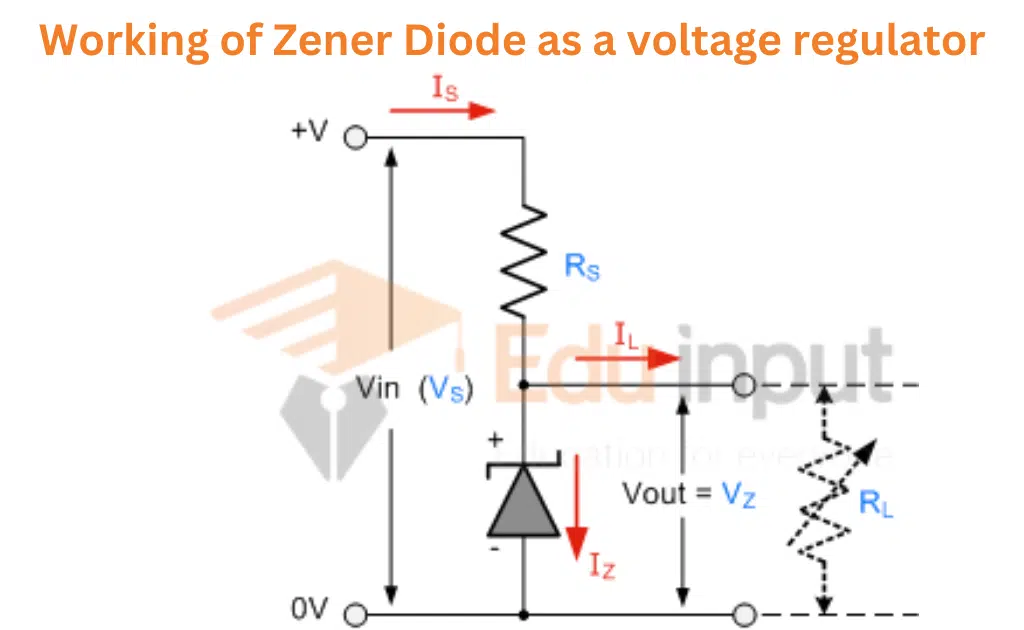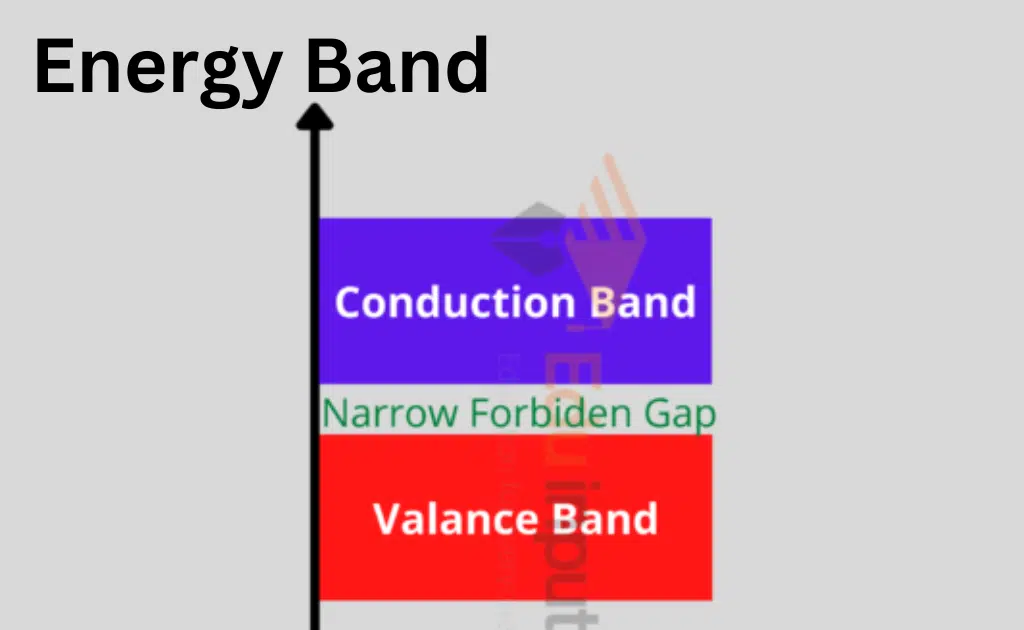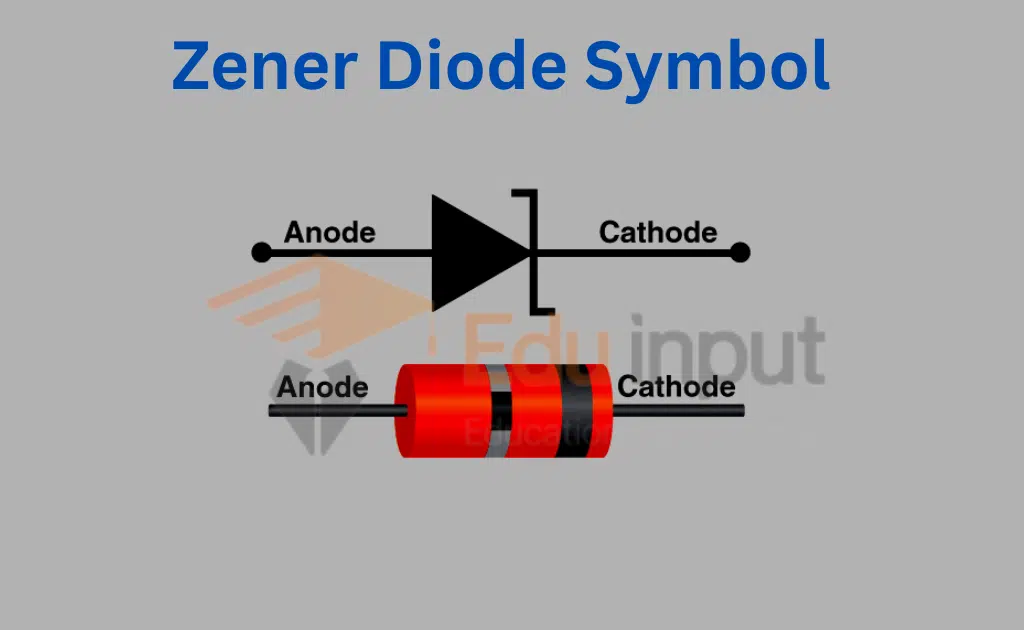Zener Diode as a Voltage Regulator
The Zener diode is used in digital or mixed-signal circuits to regulate voltage accurately. It offers a cost-effective and reliable solution for voltage regulation. In this article, we will discuss the use of Zener diode as a voltage regulator.
Zener Diode as a Voltage Regulator
Voltage regulators are important in keeping the output voltage stable in electronic circuits. They also help to match the impedance. The most commonly used semiconductor device in voltage regulation is the Zener diode. Zener diode-based circuits are used to protect against overvoltages[1].
The Zener diode voltage regulator is an electric circuit that helps keep the DC output voltage constant. This means that the voltage stays the same even if the input changes or if the load current is different. The regulator uses a special type of diode called a zener diode.

This diode has a constant voltage level, called the Zener voltage. Zener voltage stays the same even if the current changes. Zener diodes are good for use as a voltage regulator.
Zener diodes can produce a stabilized voltage output with minimal fluctuations under different load current circumstances. This is achieved by passing a small amount of current from a voltage source through the diode and a limiting resistor (RS).
This will cause the Zener diode to conduct enough current to maintain a constant voltage drop of Vout.
Working Principle of Zener Diode as a Voltage Regulator
A Zener diode voltage regulator circuit uses a zener diode and a resistor (RS) to control the voltage output. The diode is connected to the positive side of the DC supply and the resistor is connected in series with the diode. The stabilized output voltage (Vout) is taken from the diode.

The resistor is chosen to limit the maximum current in the circuit. When there is no load connected, all the circuit’s current flows through the Zener diode, causing it to dissipate its maximum power. The correct value of the resistor must be chosen to ensure the Zener diode’s power rating is not exceeded.
The load is connected in parallel with the Zener diode, so the voltage across the load is always the same as the Zener voltage. The Zener diode must maintain a minimum current for the voltage stabilization to be effective. The supply voltage must be greater than the Zener voltage.
Sometimes the Zener diode can create electrical noise on the DC supply while trying to stabilize the voltage. This is usually not a problem, but a large decoupling capacitor may be added across the Zener’s output to provide additional smoothing.
Specific Use Cases of Zener Diode Voltage Regulators
Zener diodes have a variety of practical applications beyond just voltage regulation:
- Power Supplies: Zener diodes can be used to create basic DC power supplies by regulating the output voltage of a transformer or rectifier. They can also be used in battery chargers to regulate the charging voltage.
- Audio Amplifiers: Zener diodes can provide a stable bias voltage for audio amplifiers, helping to maintain consistent gain and reduce distortion. They can also be used for overvoltage protection to guard against excessive input voltages.
- Digital Circuits: Zener diodes can serve as a stable reference voltage for digital circuits like microcontrollers and DACs. They can also be used for overvoltage protection and voltage clamping in digital systems.
- Other Applications: Zener diodes can be used as temperature sensors due to their temperature-dependent breakdown voltage. They can also be employed for waveform shaping, such as clipping or limiting signal levels.
Limitations of Zener Diode Voltage Regulators
While Zener diodes are a popular choice for voltage regulation, they have certain limitations that must be considered in circuit design.
1. Power Dissipation
Zener diodes can generate significant heat, especially at higher currents. This can lead to reduced efficiency and potential damage if not properly managed.
Workaround: Use a heat sink to dissipate excess heat. Alternatively, consider using a lower-power Zener diode and a series resistor to limit current.
2. Temperature Sensitivity
The Zener voltage can vary with temperature. This can cause fluctuations in the output voltage, especially in environments with wide temperature variations.
Workaround: Use a temperature-compensated Zener diode or incorporate a feedback circuit to stabilize the output voltage.
3. Limited Current Range
Zener diodes have a limited current range, beyond which they may not maintain a stable voltage.
Workaround: For higher current applications, consider using a transistor or operational amplifier in conjunction with a Zener diode to regulate a larger current.
4. Noise
Zener diodes can introduce noise into the output voltage, especially at higher frequencies.
Workaround: Use a low-noise Zener diode or incorporate a filter circuit to reduce noise.
5. Efficiency
Zener diode regulators can be less efficient than other types of regulators, especially at higher output currents.
Workaround: Consider using a switching regulator for applications requiring high efficiency and power handling.
Related FAQs
How can a Zener diode be used as a voltage regulator?
The Zener diode is used as a voltage regulator by taking advantage of its reverse bias property. The diode is designed to regulate the voltage to a constant level. The Zener diode is made of silicon semiconductor material, which is specifically designed to work in reverse bias mode.
Can the Zener diode be used as a DC voltage regulator?
Yes, zener diodes are widely used as voltage regulators in small DC circuits. They are designed in a way to maintain a constant DC output voltage.
How to calculate the resistor value for a Zener diode voltage regulator?
Here is the formula to calculate the resistor value for a Zener diode voltage regulator
RS = (VL – VZ) / IL
RS: Series resistor value
VL: Load voltage
VZ: Zener voltage
IL: Load current
Steps:
Choose Zener diode: Select a Zener diode with a voltage close to the desired output.
Calculate load current: Determine the maximum current your load needs.
Use formula: Plug values into the formula to find RS.
What is the maximum current a Zener diode can handle?
The maximum current a Zener diode can handle is between 200 microamps (μA) and 200 amps (A) at its standard rated Zener voltage. The minimum current required for the diode to break down is usually between 5 milliamps (mA) and 10 mA.







Leave a Reply